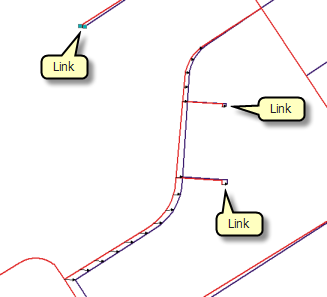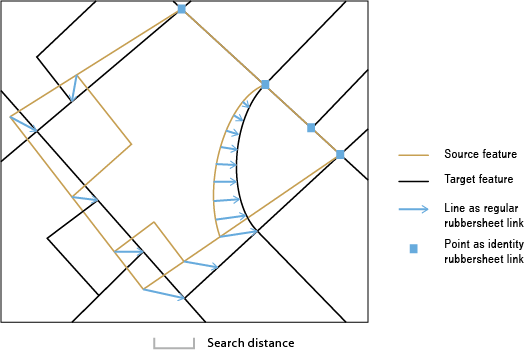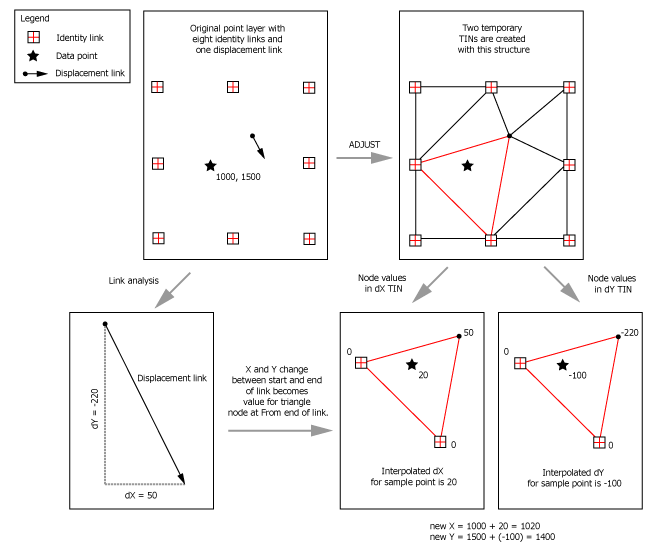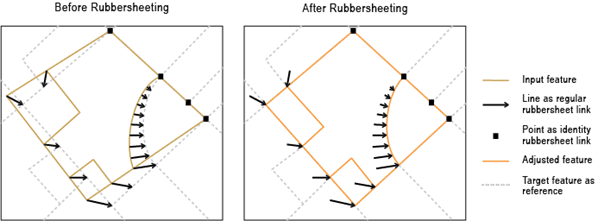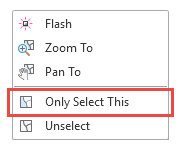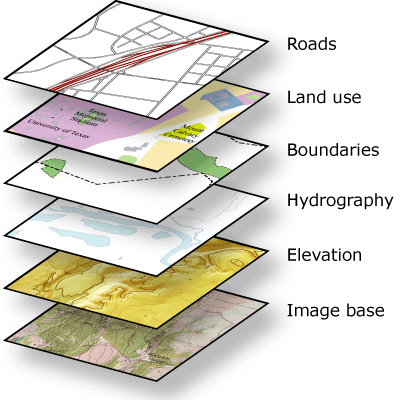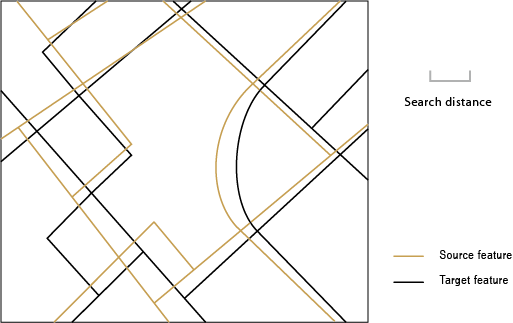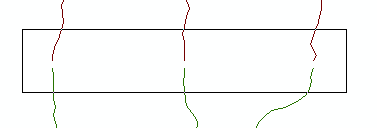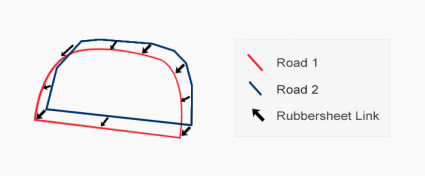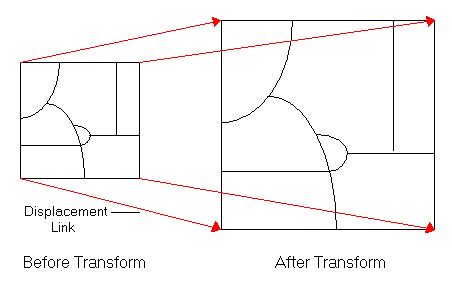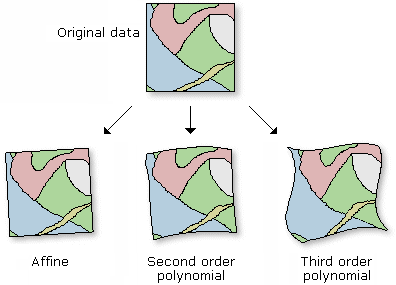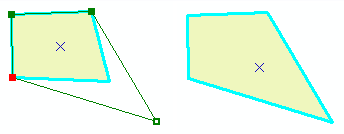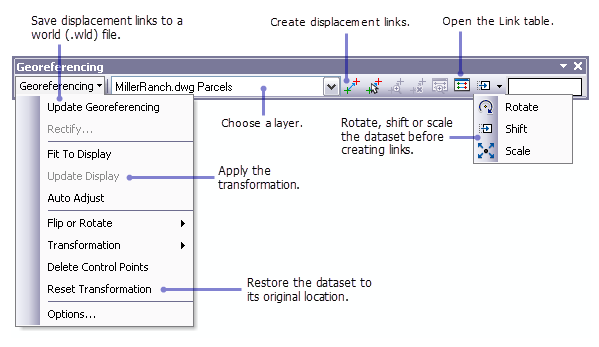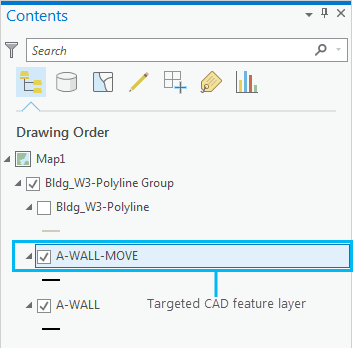Arcgis Rubber Sheet Features

Setting up the data and rubbersheeting options prerequisite.
Arcgis rubber sheet features. In the modify features pane transform includes linear and natural neighbor interpolation methods for rubber sheeting features. This exercise will show you how to rubber sheet data by using displacement links multiple displacement links and identity links. The input point features represent identity links that hold source positions unmoved during the rubbersheeting process. The input point features represent identity links that hold source positions unmoved during the rubbersheeting process.
Additionally a rubbersheet can be confined to a polygonal area. Rubbersheeting makes spatial adjustments to align the input feature locations with more accurate target feature locations based on the specified rubbersheet links. Two point displacement links define the origin and target location of the features you are transforming. Natural neighbor and linear.
The closer features are to displacement links the farther they will move. The key difference between rubbersheeting and transformations however is that the distance features move depends on their proximity to a link and the length of that link. Rubbersheeting makes spatial adjustments to align the input feature locations with more accurate target feature locations based on the specified rubbersheet links. In some cases you may not want some features to move at all as they may already be aligned.
Identity links can be used to help hold features in certain locations. The input link features represent the regular links. You can transform features that are visible and editable by selecting them or transform all features on specified layers.


